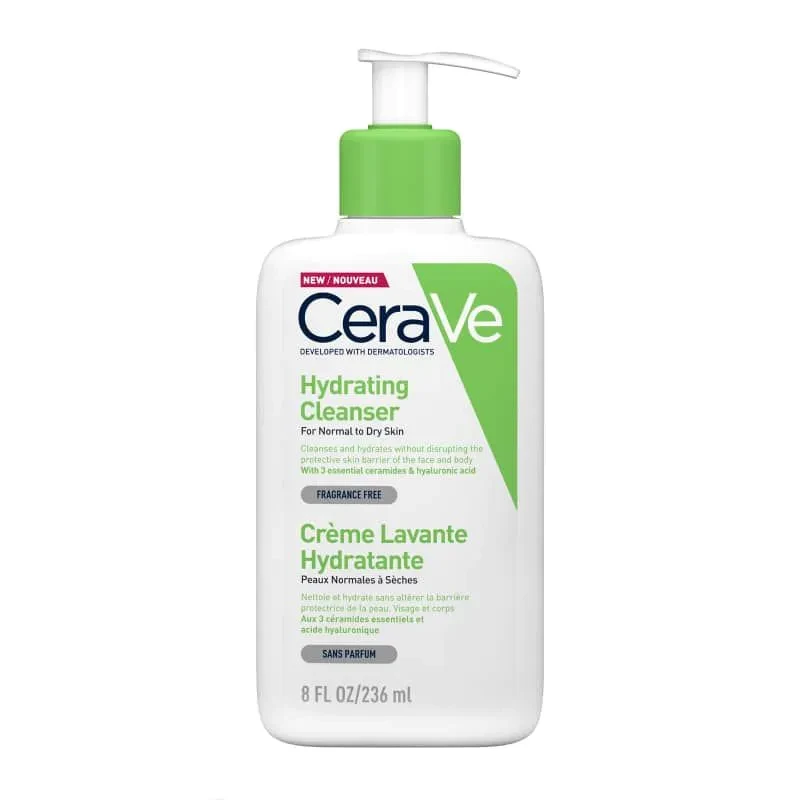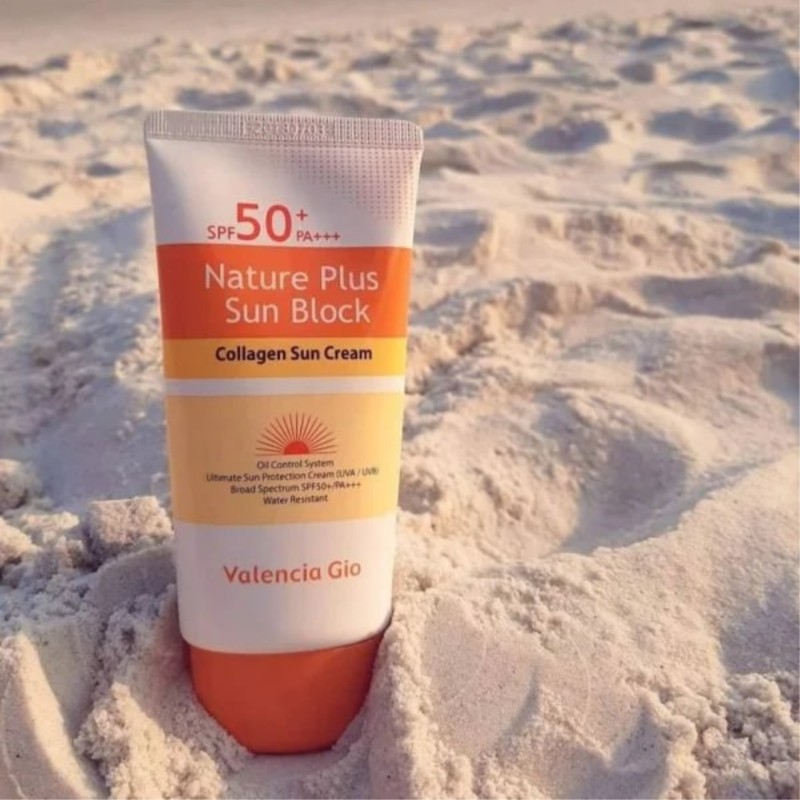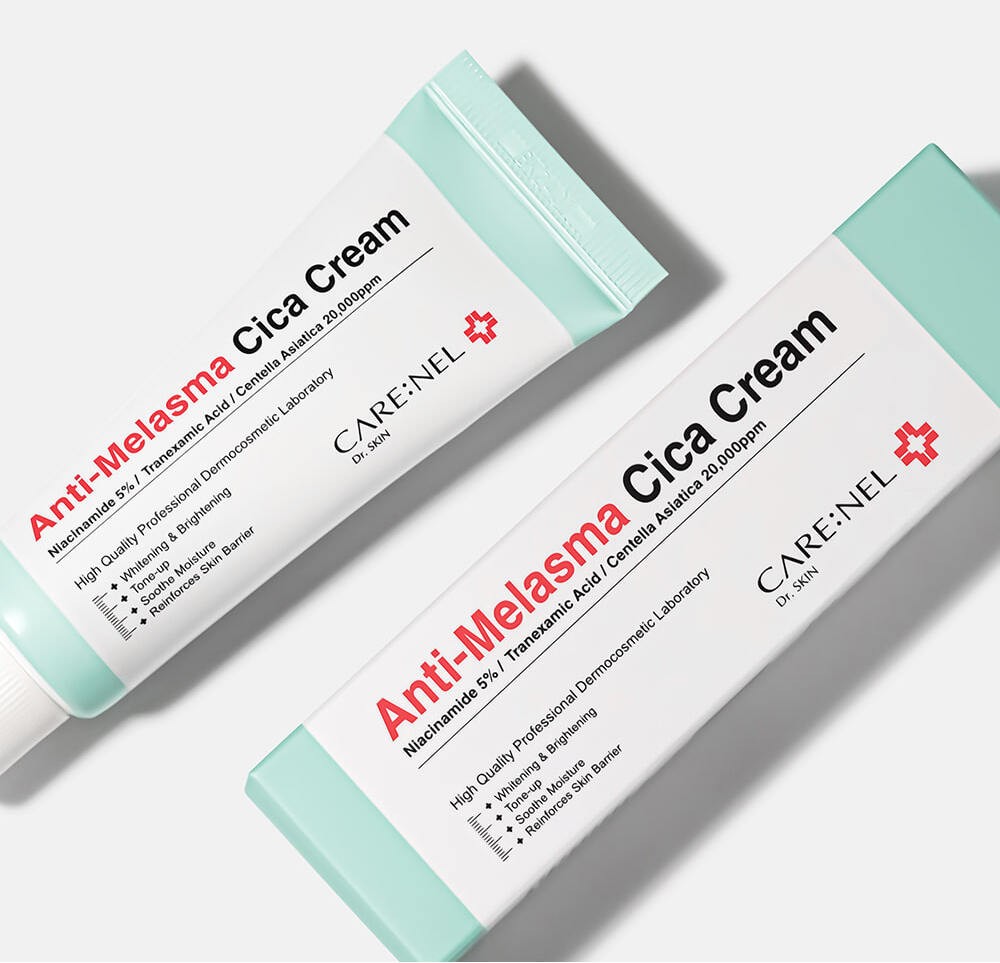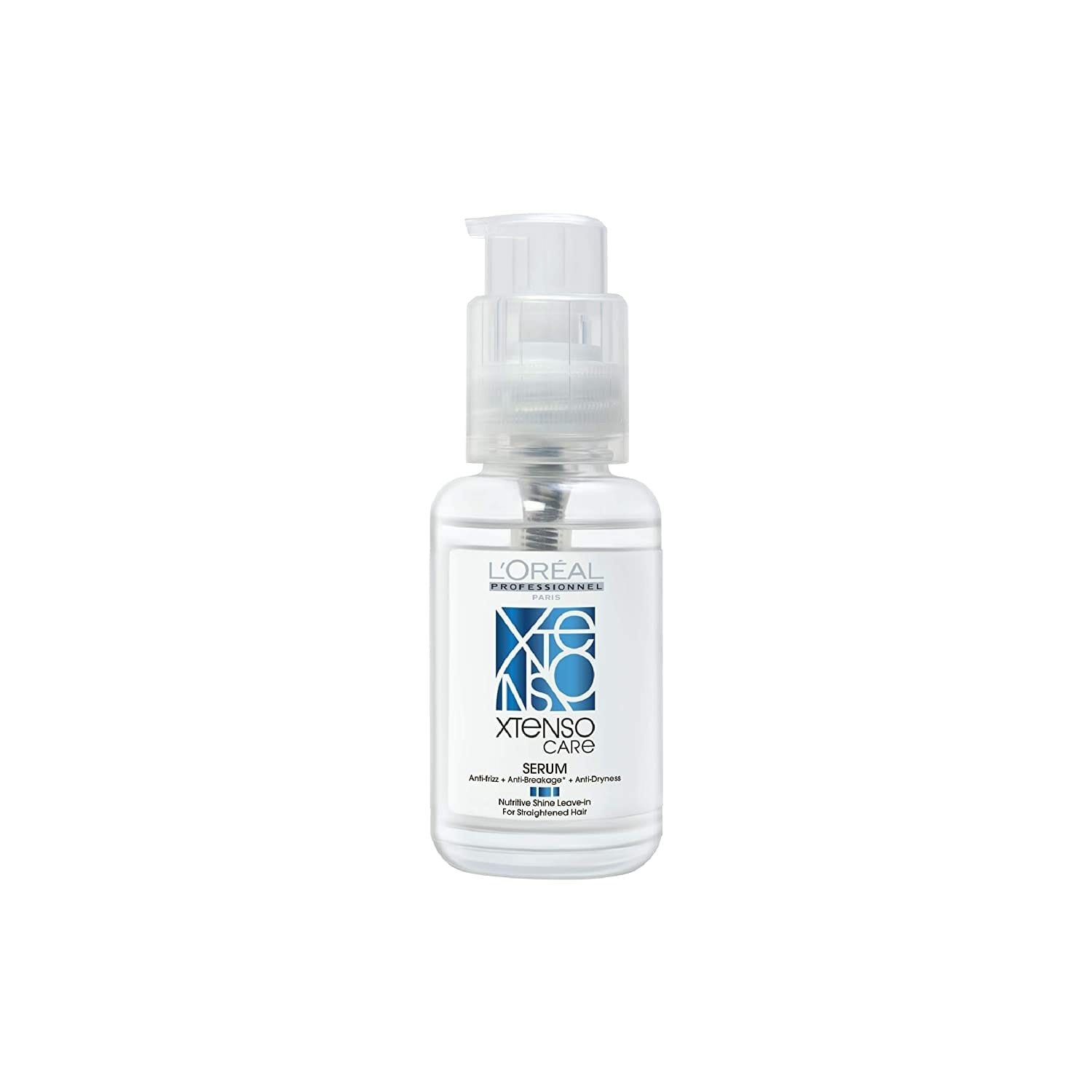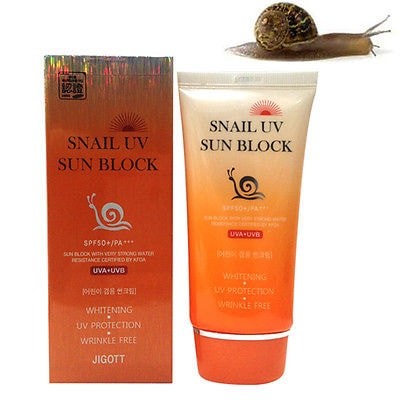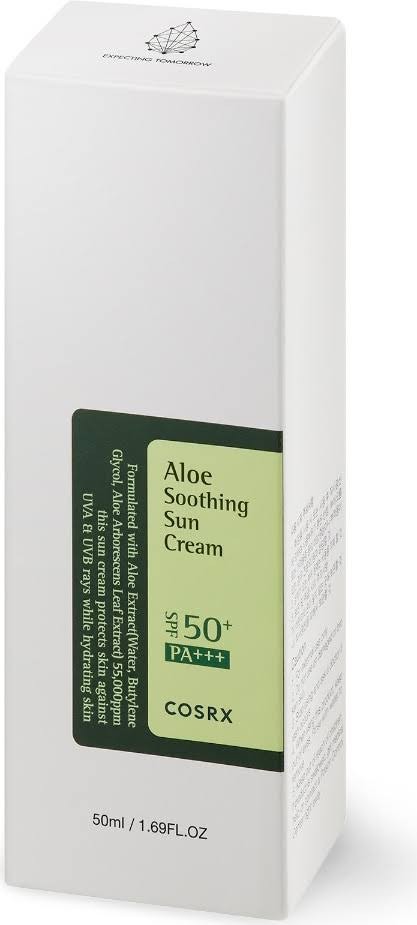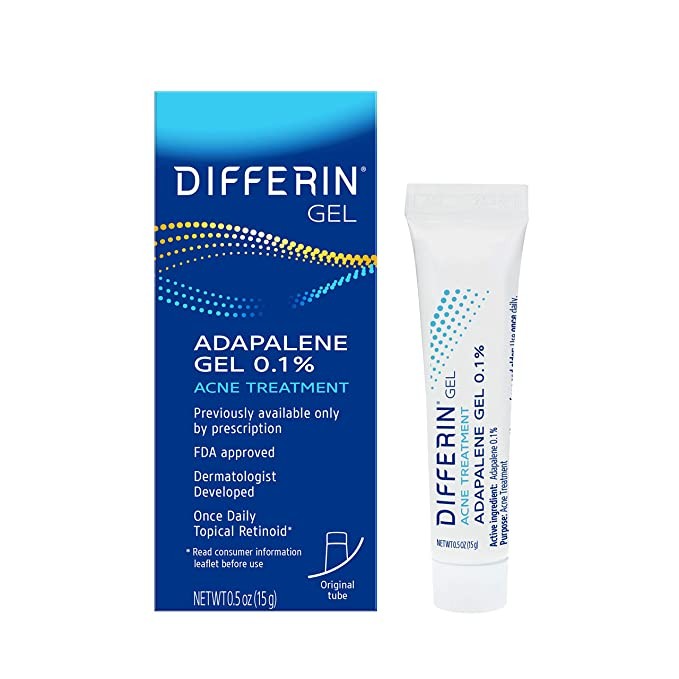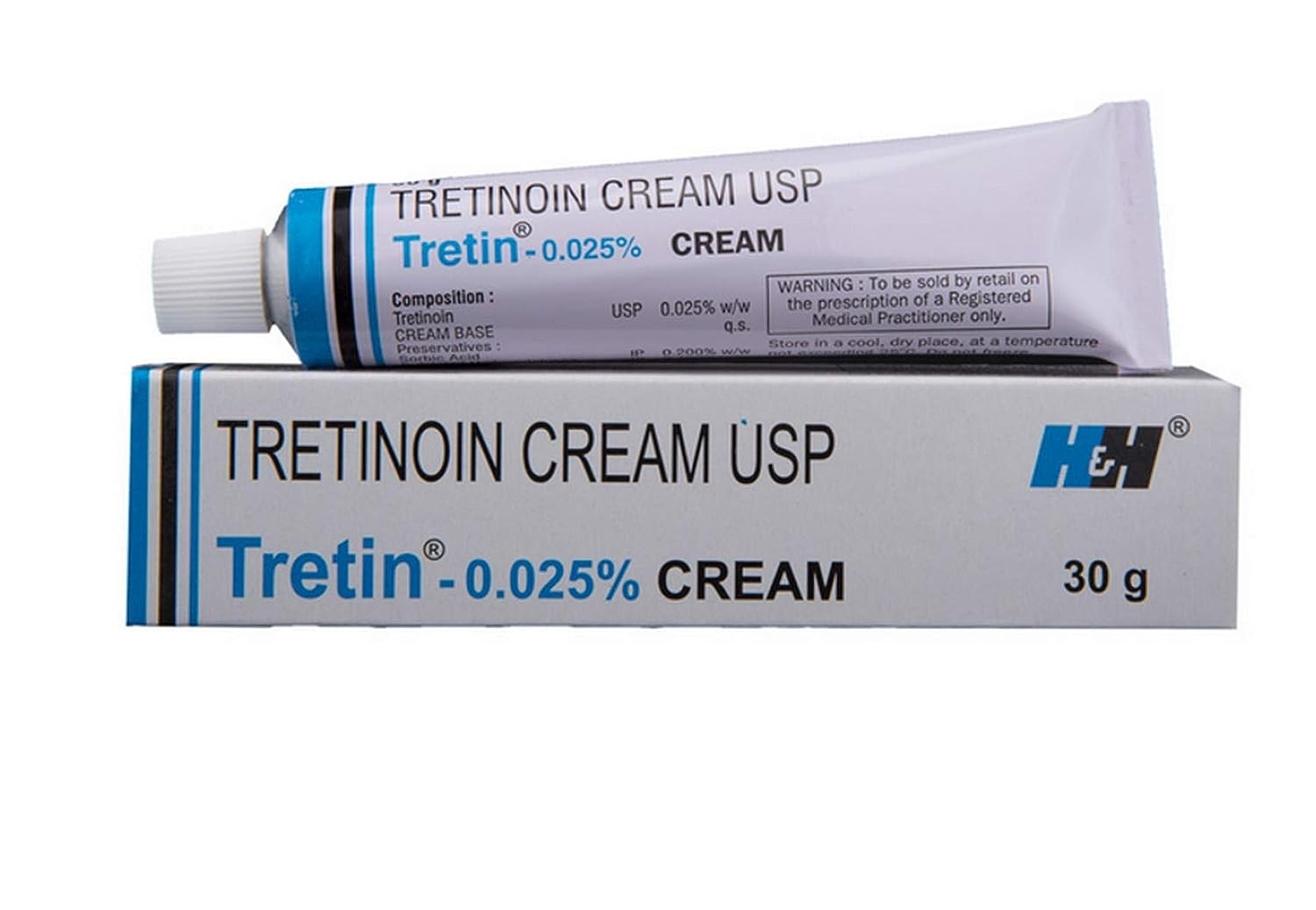
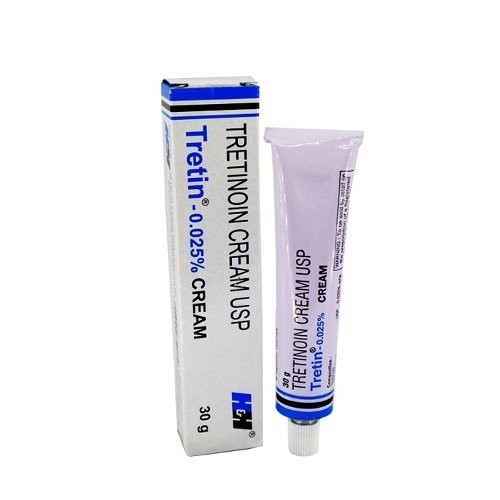
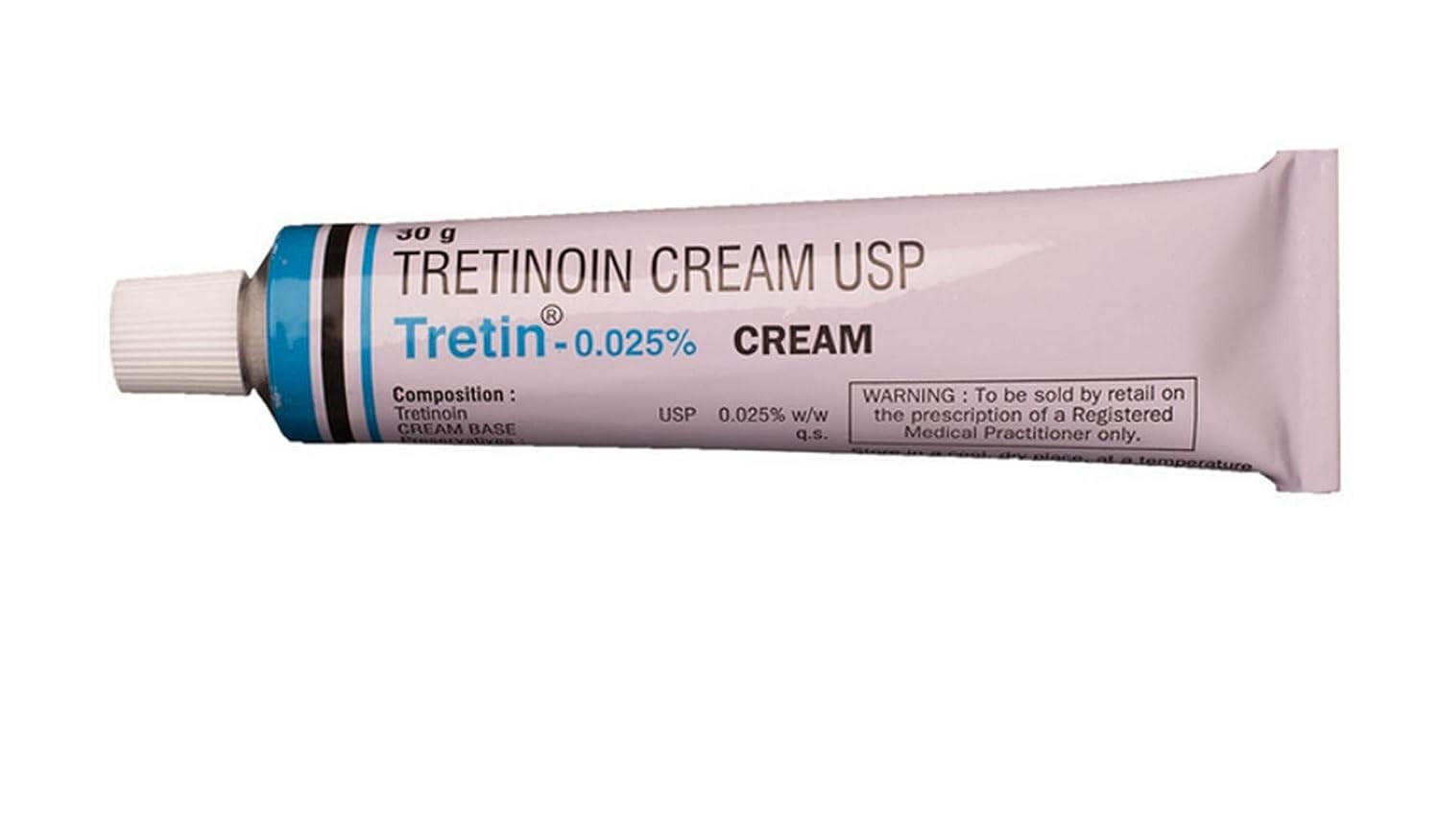
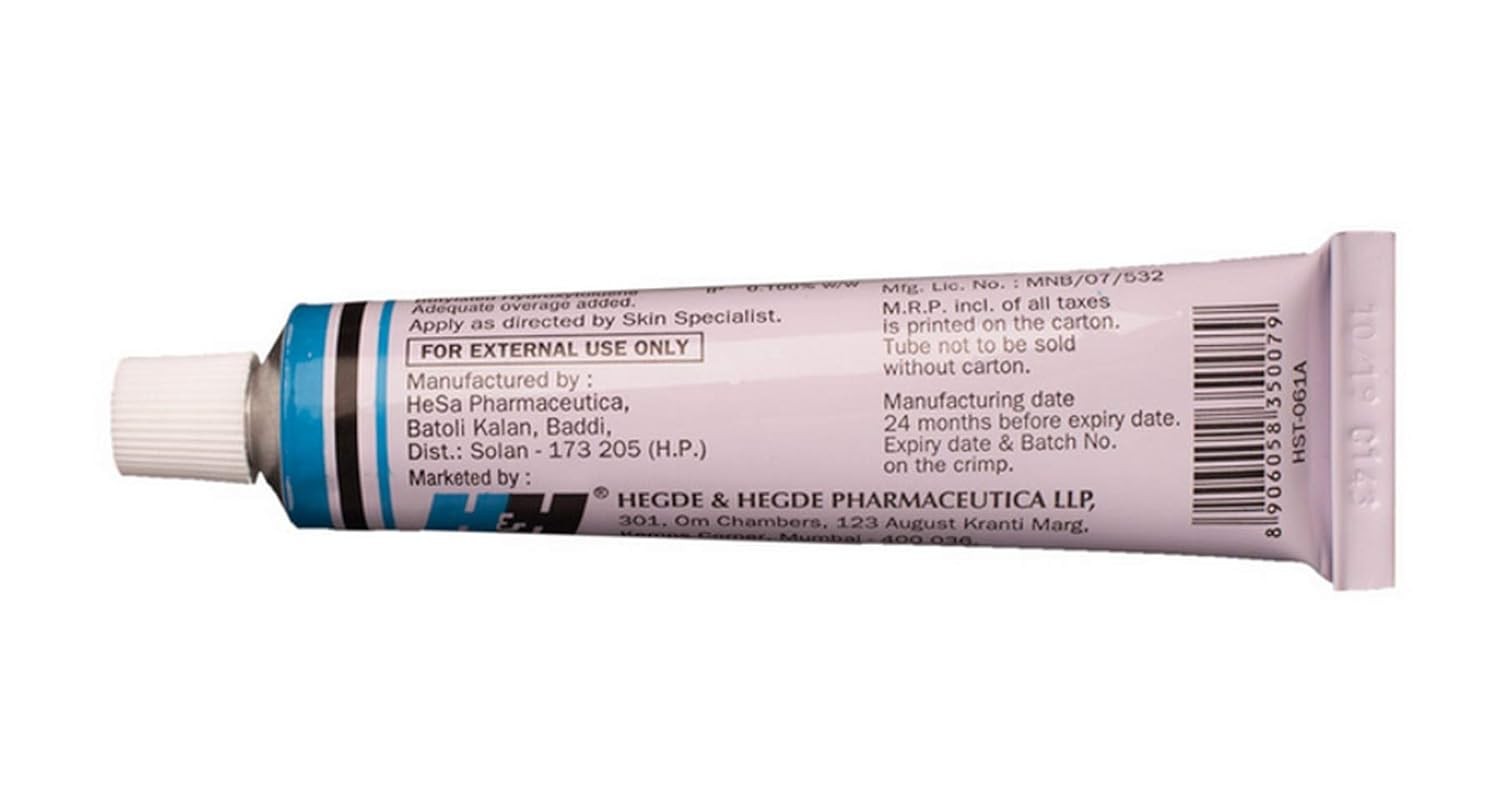






ক্যাশ অন ডেলিভারি ৳ ৮0
ক্যাশ অন ডেলিভারি ৳ 130
 ১০০% অরিজিনাল
১০০% অরিজিনাল
 ৭ দিনের মধ্যে রিটার্ন
৭ দিনের মধ্যে রিটার্ন
 ওয়ারেন্টি নেই
ওয়ারেন্টি নেই
Introduction
Tretinoin is a form of vitamin A that is used to treat acne which appears as spots or pimples on your face, chest or back. It also helps to smooth rough facial skin and to reduce fine wrinkles on the skin. Tretinoin reduces excessive oil production of the skin. Ideally, a pinpoint application at nighttime is recommended for the duration prescribed by your doctor. The amount you need and for how long you need to take it will depend on what you are being treated for. You should normally wash and dry the affected area before applying a thin layer of this medicine. Follow your doctor's instructions. You should not apply it to damaged or broken skin and avoid contact with your mouth, eyes and nose. It may take several weeks for your symptoms to improve but keep using it regularly to get the most benefit. Consult your doctor again if you do not notice any improvement after a few weeks. Using more medicine or applying it more often than prescribed will not make it work any faster and may increase the side effects. The most common side effects include irritation, dryness and redness of the skin. They are usually mild and improve as your body gets used to the medicine. Drink plenty of water and use moisturizer as it may lead to dryness of the mouth, lips and eyes. Let your doctor know if these side effects bother you or do not go away. Serious side effects with this medicine are rare. This medicine may make you more sensitive to sunlight so you should limit exposure to the sun if possible. It may make your skin more fragile. It is advised, not to have any waxing (hair removal), or laser treatments during treatment. Pregnant women or women who are planning to get pregnant should not use this medicine as it can lead to birth defects.
Uses of Tretinoin
- Acne
Side effects of Tretinoin
- Erythema (skin redness)
- Skin irritation
- Dry skin
- Dry lips
- Pale red skin
- Increased sensitivity to light
How to use Tretinoin
This medicine is for external use only. Use it in the dose and duration as advised by your doctor. Check the label for directions before use. Clean and dry the affected area and apply the gel. Wash your hands after applying, unless hands are the affected area.
How Tretinoin works
Tretinoin is a form of vitamin A. When applied on skin, it reduces oil production in the skin, replenishes acne-prone skin and helps keep your pores open.
What if you forget to take Tretinoin?
If you miss a dose of Tretinoin, take it as soon as possible. However, if it is almost time for your next dose, skip the missed dose and go back to your regular schedule. Do not double the dose.
- You have been prescribed Tretinoin for the treatment of acne.
- Clean the affected area with water and a non-medicated soap. Let it dry for 20-30 minutes before applying Tretinoin.
- It may increase the severity of the spots or pimples in the first few weeks of use. Continue using it as prescribed by your doctor.
- It may cause a stinging sensation or a feeling of warmth when you first start using it. Inform your doctor if this persists.
- Avoid exposure to sunlight while using Tretinoin as it increases the sensitivity of your skin. Use protective measures such as sunscreen or protective clothing.
- Avoid face waxing and laser treatment while using this medicine as it makes your skin more fragile.
- Avoid taking tetracycline (e.g. doxycycline) as it may reduce the Tretinoin activity.
- Do not use Tretinoin if you are pregnant.
- Inform your doctor if excessive skin dryness or skin sensitivity take place.
Indication
Acne, Mottled hyperpigmentation, Roughness and fine wrinkling of photodamaged skin
Adult Dose
Topical/Cutaneous Acne vulgaris Adult: Apply once, usually at bedtime, onto affected area which has been previously cleansed to remove excessive oiliness and dried. Therapeutic response may be seen after 6-8 wk. Mottled hyperpigmentation, roughness and fine wrinkling of photodamaged skin Adult: Apply a pea-sized amount onto entire face once daily at night. Therapeutic response may be seen after 6 mth.
Child Dose
Topical/Cutaneous Acne Vulgaris <12 years: Safety and efficacy not established >12 years: Apply once, usually at bedtime, onto affected area
Contraindication
Hypersensitivity to retinoids. Application to eczematous, sunburnt or abraded skin. Pregnancy, lactation.
Mode of Action
Tretinoin is a trans-retinoic acid form of vitamin A. It stimulates mitosis and turnover of follicular epithelial cells and reduce their cohesiveness. This facilitates extrusion of existing comedones and prevents formation of new comedone. It also exhibits thinning effect on the stratum corneum. In acute promyelocytic leukaemia, it induces cellular differentiation and decreases proliferations.
Precaution
Avoid concomitant topical applications, esp keratolytic agents. Avoid exposure to sunlight, UV light and weather extremes (e.g. cold). Keep away from eyes, mouth, angles of nose, mucous membranes or open wounds. In case of severe local erythema, oedema, blistering or crusting, use less frequently or discontinue. Avoid medicated or drying soaps, abrasive soaps and cleansers, frequent washing and harsh scrubbing. Avoid use of topical preparations with high concentrations of alcohol, menthol, spices or lime.
Side Effect
Initial exacerbation of symptoms, skin irritation, stinging on application, oedema, blistering, crusting of the skin, erythema, scaling, photosensitivity, temporary hypo/hyperpigmentation.
Interaction
Enhances percutaneous absorption of minoxidil. Increased risk of fatal thrombotic complications with antifibrinolytic. Increased tretinoin concentrations with azole antifungals. Enhances peeling action of sulphur, resorcinol, benzoyl peroxide, salicylic acid. Increased photosensitivity with photosensitising medications eg, thiazides, tetracyclines, fluoroquinolones, phenothiazines and sulfonamides. Potentially Fatal: Increased risk of intracranial pressure with tetracyclines.
